Ever feel like your furry friend’s barking is turning your home into a bit of a… noisy zone? 😅
You’re not alone!
Barking is totally normal dog behavior, of course… but sometimes it can get a little… excessive, right?
And let’s be honest, nuisance barking is a really common reason why dogs end up in shelters… 💔
Even if you’re super patient, constant barking can be tough on anyone.
But guess what?
There’s a super cool way to manage it, and it’s all about teaching your dog to bark and be quiet on cue!
In this article, we’ll review a video from When Hounds Fly on how to manage your dog’s barking.
Intrigued? Let’s dive in… 🦮
Why “Bark” and “Quiet” Cues are a Game Changer 🚀
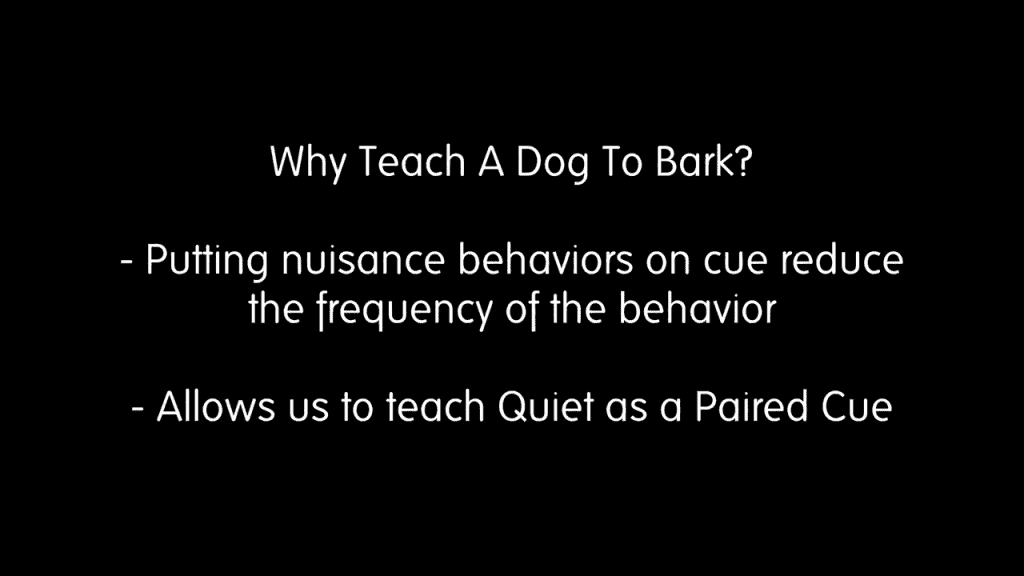
Teaching your dog these cues isn’t just about silencing them… 🤫🔊
It’s actually super helpful in a couple of amazing ways.
Firstly, putting barking “on cue” gives you control.
Think about it… if your dog learns to bark when you ask, they’re less likely to just bark randomly all the time.
It’s like saying, “Hey, barking is cool… but only when I say so!” 😉
Secondly, and just as importantly, teaching “quiet” gives you an instant off-switch for barking.
Imagine being able to say one word and… poof… peaceful quiet!
Sounds good, doesn’t it? Let’s explore how this magic works… ✨
Barking on Cue: Unleash the Inner Vocalist! 🎤
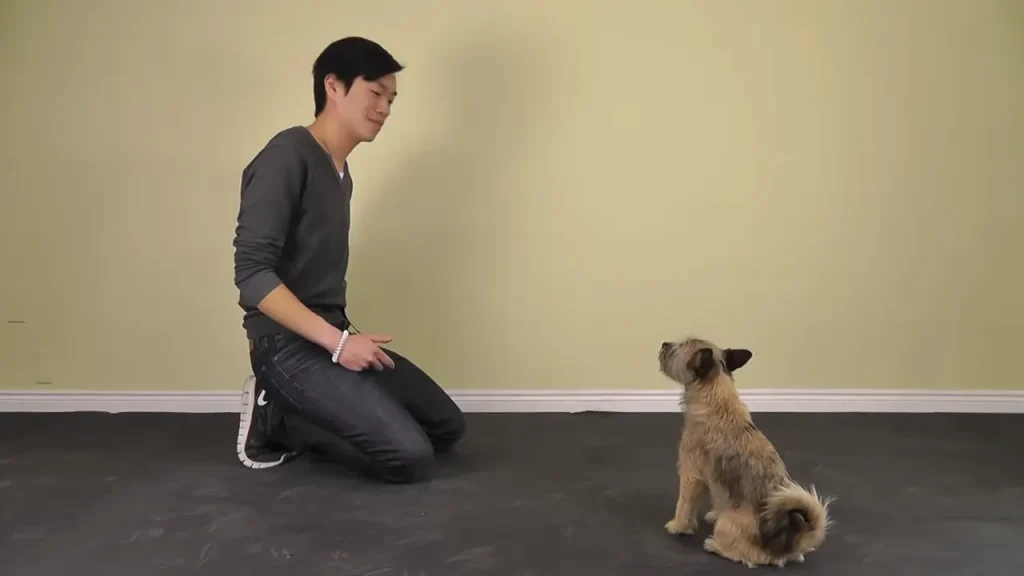
So, how do we get our dogs to bark when we want them to?
Well, it’s all about setting up the right situation…
For example, in the video, they used a knock on the wall to get the dog to bark.
You can try something similar… maybe a gentle tap on a door, or even just a little excited movement from you.
The key is to prompt that first bark… and when they do… jackpot! 🎉
Click (or use a marker word like “yes!”) right as they bark, and then… treat! 🍖
Think of it like a little bark-and-treat party! 🥳
- Prompt a bark: Knock, tap, or make an exciting movement.
- Mark the bark: Click or say “yes!” the instant they bark.
- Reward: Treat them immediately! 😋
Waiting for the “Offer”: Patience is Key 🧘♀️
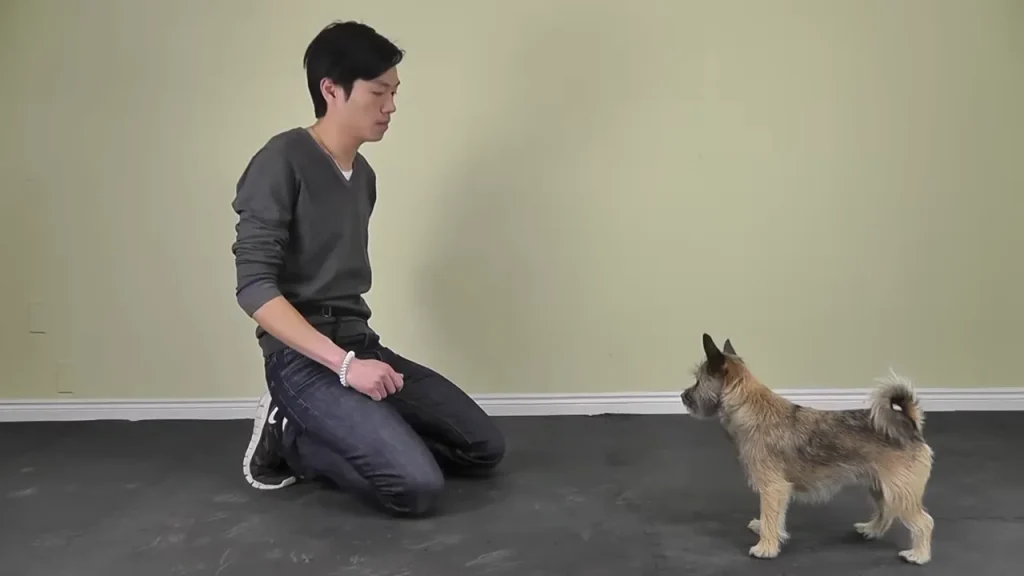
Now, after a few repetitions of prompting and rewarding, here’s the clever bit…
Stop prompting!
Yep, just wait and see if your dog offers a bark on their own.
This might take a moment… patience is your superpower here! 💪
As soon as they bark – even a little woof or a tiny growl – mark it and treat!
We’re building their understanding that any bark gets rewarded at first…
Then, we can get a little more specific…
Shaping the Perfect Bark: Loud and Proud! 📢
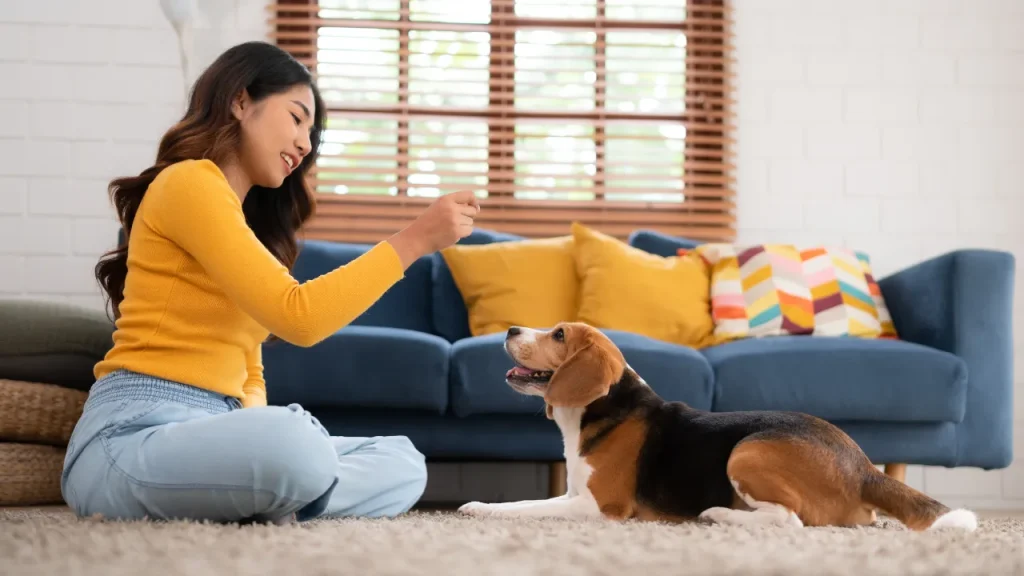
In the video, the trainer wanted a nice, loud bark.
So, they only rewarded the louder barks and didn’t reward the quiet ones or growls.
This is called “shaping” the behavior.
It’s like saying, “Yes, bark! … Hmm, a bit louder please! … YES! That’s the one!” 👍
You can do the same…
Reward the barks you like, and gently ignore the ones that aren’t quite what you’re looking for.
It’s amazing how quickly dogs figure this out!
Speaking of figuring things out…
Winston, my Labrador, is usually super quick on the uptake with training… except when Mr. Moose, his favourite toy, is involved… then focus can sometimes go out the window! 🤪
But even Winston, with his moose-induced distractions, learned “bark” and “quiet” pretty fast!
Adding the Cue: “Talk Talk!” 🗣️

Once your dog is reliably barking when you want them to (even without a prompt!), it’s time to add a cue.
This is your special signal for “bark!”.
In the video, they used a hand gesture and said “Talk Talk!”.
You can choose anything you like… a word, a hand signal, even a funny dance move! 💃
Just make sure you give your cue right as your dog is about to bark.
This helps them connect the cue with the action of barking.
And remember… only reward barks that happen after you give the cue.
This is super important…
We want them to learn that barks only get treats when they’re “asked” for! 😉
Teaching “Quiet”: The Magic “Shhh!” 🤫
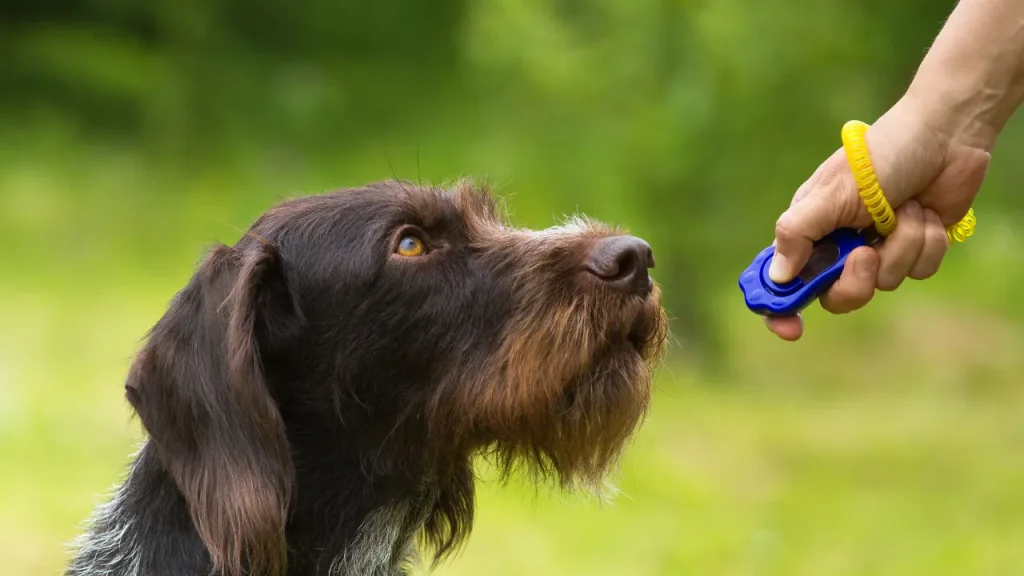
Now for the really cool part… teaching “quiet”!
This is where classical conditioning comes in…
It sounds fancy, but it’s actually super simple.
You’re going to pair the word “Quiet” (or a hand signal like a “shhh” gesture) with something amazing… a treat!
So, you say “Quiet”… shhh hand gesture… pause for a split second… and then… treat! 🤩
Consistency is absolutely key here.
Every single time you say “Quiet”, you must follow it with a treat.
No exceptions! 🙅♀️
- Quiet Cue: Say “Quiet” and use a “shhh” hand gesture.
- Pause: Wait half a second.
- Treat: Reward them every time! 🎁
The “Promise” of a Treat: Building Anticipation 🤩
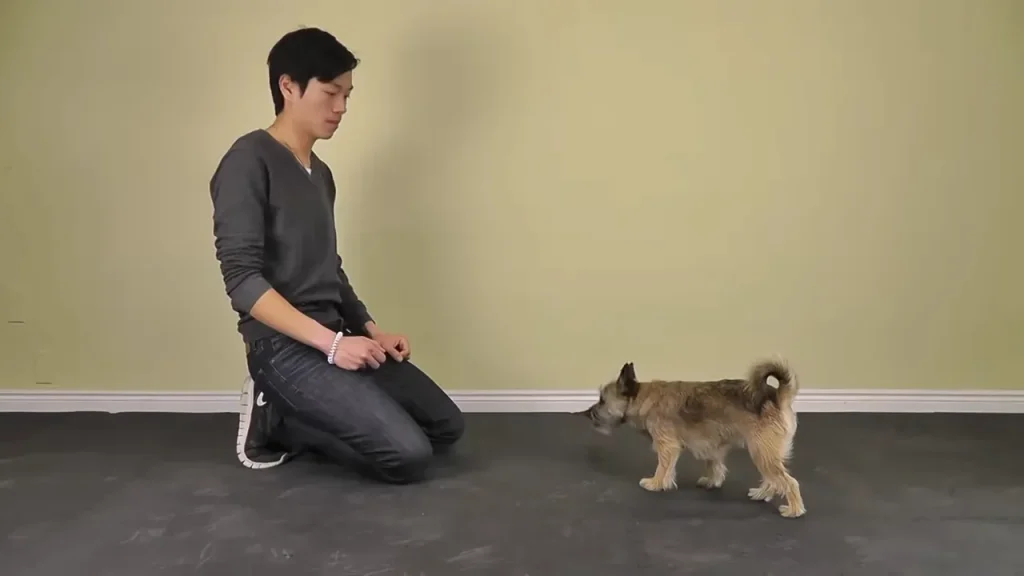
Because you’re always giving a treat after the “Quiet” cue, your dog will start to anticipate it.
They’ll learn that “Quiet” means “treat is coming!”.
In fact, in the video, you can see the dog actually looking down at the floor, waiting for her treat when she hears “Quiet”!
Isn’t that clever?
This anticipation is exactly what we want…
It means they’re really understanding the cue and what it means.
And guess what?
This consistent pairing is actually using classical conditioning to train behaviors!
Pretty neat, huh? 😎
From Classical to Operant: Rewarding Silence! 😇
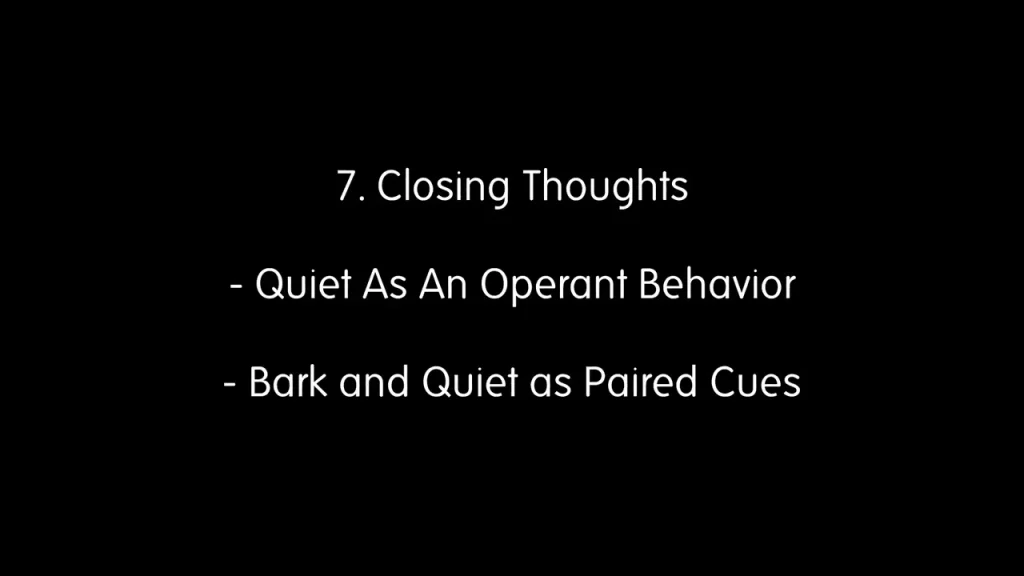
Once your dog understands “Quiet” and starts to quiet down when you say it, you can switch to operant conditioning for “Quiet”.
Now, instead of always treating immediately, you’ll reward them for… being quiet for a short moment after you say “Quiet”.
So, you say “Quiet”, wait for a second or two of silence, then… click and treat!
You’re now rewarding the silence itself, not just the cue.
Clever, right?
And here’s a little bonus tip… for dogs who really love to bark, you can actually use barking as a reward for being quiet!
Say “Quiet”, they are quiet, then you can release them with your “Bark” cue as a reward! 🤯
It’s like saying, “You were so good at being quiet… now you get to bark!”
It can be a super fun game!
Bark and Quiet Together: The Dynamic Duo! 👯
Find out more at: When Hounds Fly
Training “bark” and “quiet” together is super smart because they become paired cues.
It’s like a little conversation with your dog…
“Talk to me!” (Bark cue) …
“Okay, that’s enough, Quiet now!” (Quiet cue).
And because you’re rewarding both behaviors, it creates a really clear communication system.
And who wouldn’t want better communication with their furry best friend? 🥰
So, there you have it!
Teaching your dog to bark and be quiet on cue is not only possible, but it’s also a fantastic way to manage nuisance barking and build a stronger bond with your dog.
Give it a try, be patient, and have fun with it!
And remember, even if your dog is sometimes a little bit of a barky-McBarkface 😜…
With a little training and a lot of love, you can definitely teach them to be “Quiet”… and “Bark”… on cue!
Happy training! 🐾
- Secret to a Show-Stopping Maltese? Unleash Your Inner Groomer! – March 26, 2025
- 10 Hilarious Dog Memes You Need to See – March 24, 2025
- A New Leash on Life: Rocky the Gentle Giant Finds His Forever Home – March 23, 2025

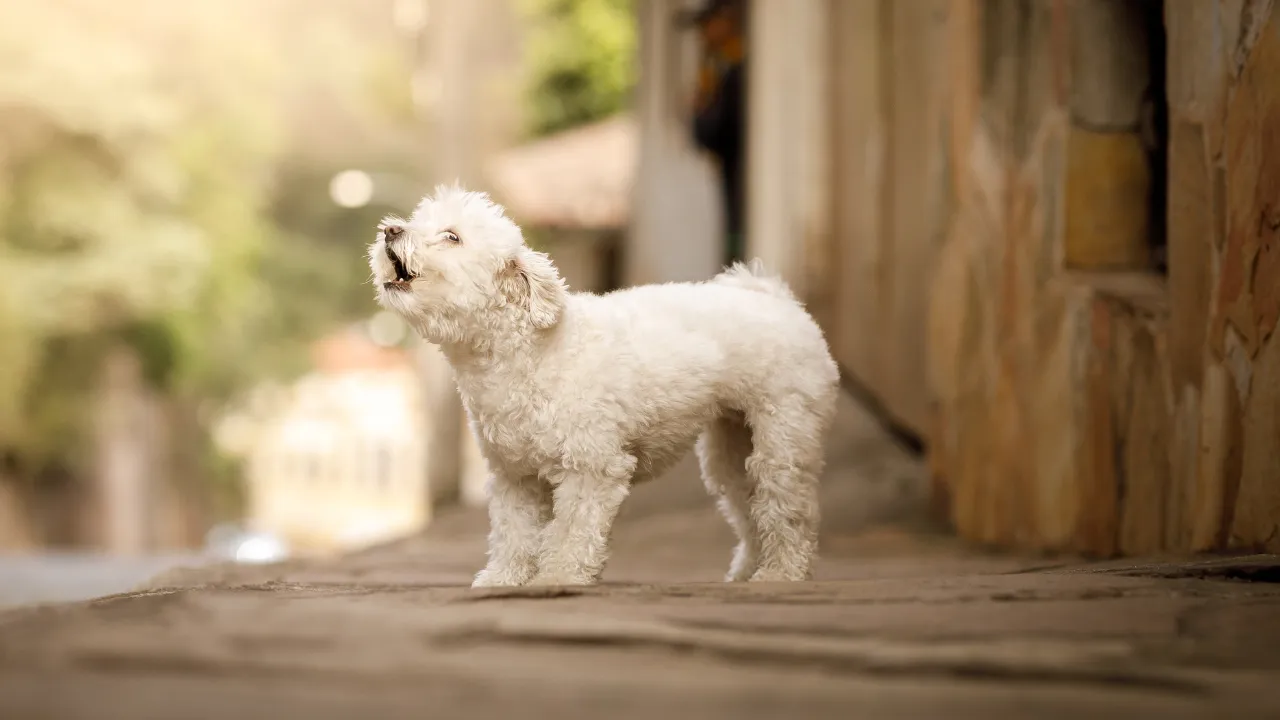
13 responses to “Is Your Dog’s Barking Driving You Bonkers? Let’s Teach Them “Quiet” and “Bark”!”
generique kamagra prescrire sun medicament pharmacie
acheter livraison uk kamagra…
buy cheap enclomiphene cheap new zealand
cost low enclomiphene
androxal cash on delivery
order androxal generic germany
online order dutasteride without prescriptions uk
buy cheap dutasteride usa drugstore
order flexeril cyclobenzaprine buy hong kong
purchase flexeril cyclobenzaprine generic effectiveness
online order gabapentin purchase england
order gabapentin generic buy online
Buy fildena tablets without a perscription
lowest prices on generic fildena
order staxyn generic canada
staxyn ups fedex shipping
buy cheap itraconazole generic good
cheap itraconazole overnight no rx
cheap avodart sales
discount avodart cost insurance
order cheap rifaximin
cheapest buy rifaximin canadian pharmacy no prescription
buy cheap xifaxan generic lowest price
cheapest buy xifaxan generic in us
jak získat zdarma kamagra vzorků
chci si objednat kamagra bez lékařského předpisu